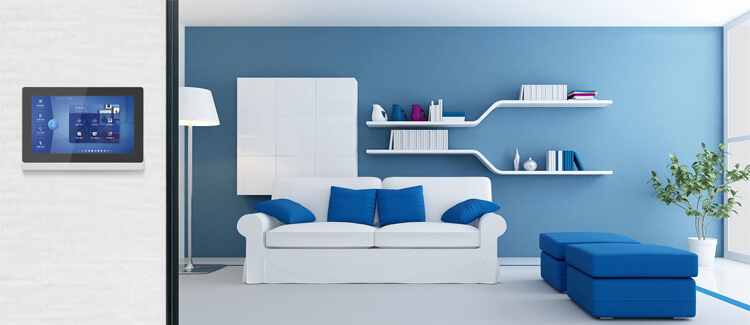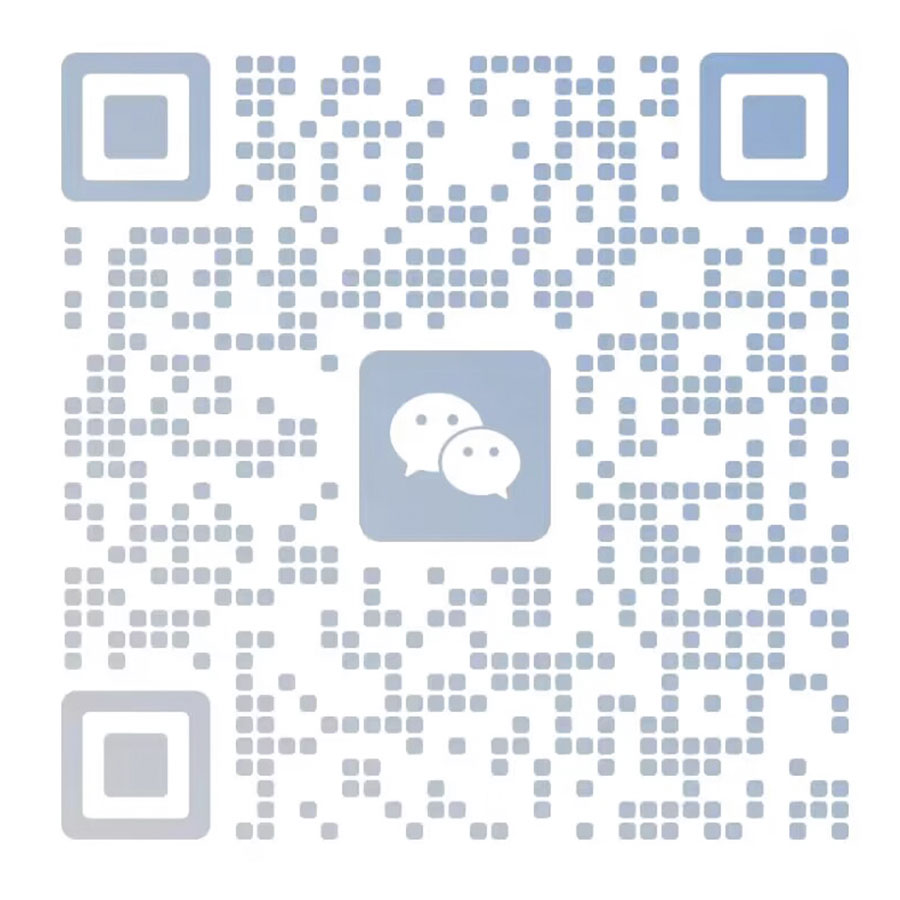There is no doubt that smart home technology or home automation will expand in a huge way. All devices in the automated home are connected via LAN or the Internet, which saves energy, and offers convenience, safety lifestyle and improve the aesthetic feeling of living space. In today's home, it's important to combine lighting, climate, home entertainment, and safety in one platform.
And all devices can be controlled by using a smartphone or tablet. When all devices are connected to the Internet of things (IoT), they can be remotely accessed, monitored, and controlled. Now, the Internet of things technology has been used in smart cities to monitor the operation of various urban management systems, which is more effective than traditional management.
Some home automation projects have been applied since the 1900s. Labor-saving machines such as washing machines, water heaters, sewing machines, vacuum cleaners, refrigerators, and dryers have become a part of our daily lives. At that time, most of these household appliances were powered by electricity or gas. In 1898, Nikola Tesla developed the first remote control that used radio waves to send instructions to toy boats. These become the basis for the Internet of things solutions we use today.
When it comes to the Internet of things, computing devices and machines are connected to systems with unique identifiers (UIDs) to transmit data over the Network. This technology does not require any human-to-human interaction or even communication between people and computers. Over the years, with the addition of technologies such as real-time analysis, embedded systems, and wireless sensor networks, the Internet of things solutions are now available to consumers.
As mentioned above, all of these devices can be controlled together using smartphones and even smart speakers such as Alexa. If you need to let the voice speakers play your favorite songs or order the coffee maker to make your favorite coffee. And you don't need to move. Just move your finger or say a word. Automation works even if you are not at home. Doesn't it make life easier?
Where can home automation technology be applied now? The answer is, almost everywhere! All kitchen appliances can be controlled intelligently. Now imagine that when you enter your home after a tiring working day, your food will be automatically prepared and served to you. You can even control and limit the activities of pets by home automation systems. You don't have to worry about your babies falling out of bed in the other room. Similar home automation can be used to care for the elderly and disabled persons.

Home automation is widely used in indoor positioning systems (IPS) to locate people and objects that GPS and other satellite technologies cannot work properly. In addition, home automation systems are widely connected to HVAC (heating, ventilation, and air conditioning) systems, lighting systems, and security cameras. Air quality controllers, smoke detectors, and sprinklers can all be connected to home automation systems. All you need is a good internet connection, smartphone, and some IoT devices (intelligent display terminals, interactive panel PC).
Though home automation makes our lives more comfortable, the technology has other advantages - energy saving. If you forget to turn off the light, it will turn off by itself. Use the sensor faucet and turn it off when not in use, which can save water. However, the biggest advantage is security. When you are not at home, you will receive an alert if someone tries to enter your house, this is also good for a house only living the elderly or disabled persons.
Although we have fully discussed the advantages, home automation also has some disadvantages. Smart home systems may become relatively complex and difficult to install, especially for beginners. Some devices may even not be compatible. Due to the standard protocol, this detail is very common at present. You may need to invest in central platform technology to be able to control all devices from one place. Otherwise, you may need to log in from different locations to control various devices. This makes the process more cumbersome.
Of course, a smart home is not affordable for everyone. However, with the increase in demand, the scope of technological innovation is large. In the next few years, scientists may redesign smart home systems to suit people of all economic level backgrounds.
In the current situation, COVID-19 is redefining the way people interact. We need contactless services. In the future, machines will take on human work. Robots will replace our cooks, domestic helpers, and security guards. Elevators also work without buttons. To avoid cross-contamination, automatic inlet and natural ventilation control systems may be preferred. It can be imagined that the smart home may soon become the new normal lifestyle.









